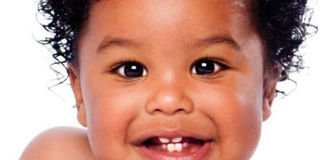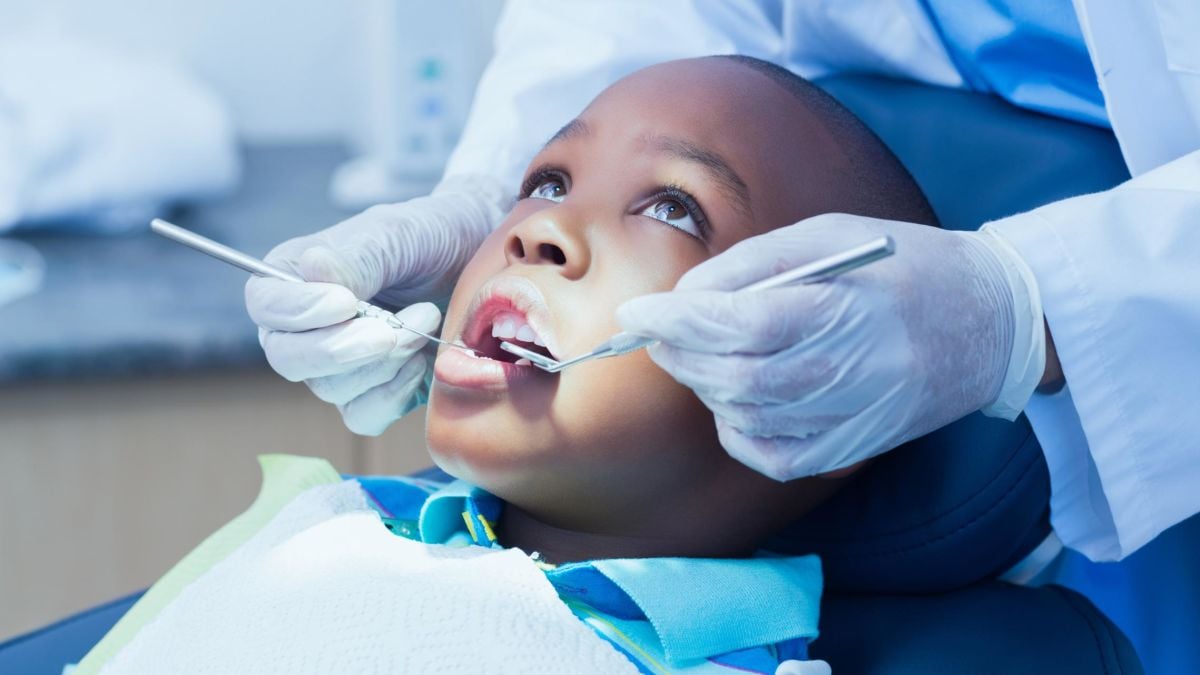What causes delay in tooth eruption?

What you need to know:
- Natal teeth are usually not well-formed, and may irritate or injure the baby’s tongue when breastfeeding. Also, since they are wobbly, the baby risks swallowing the tooth, leading to choking.
My nine-month-old baby has no teeth yet my first born had two at nine months. Is there a problem? Sarah
Dear Sarah,
The time at which babies begin to grow teeth (tooth eruption) differs with some normal babies being born with a tooth (Natal tooth) while others may grow teeth in the first month of life (neonatal teeth). Natal teeth are uncommon although they most often develop on the lower gum, where the central incisor teeth will appear. They have little root structure, are attached to the end of the gum by soft tissue and are often wobbly.
Natal teeth are usually not well-formed, and may irritate or injure the baby’s tongue when breastfeeding. Also, since they are wobbly, the baby risks swallowing the tooth, leading to choking. These reasons make it necessary for the natal teeth to be removed by a dentist immediately after birth.
Usually, around six months after birth, a baby may grow lower middle teeth (incisors). Low birth weight and premature babies, however, may have teeth erupting later than usual. That said, if a baby reaches 18 months without any tooth eruption, it should be referred to a dentist.
Note
Baby teeth begin erupting around six months of age. Before the eruption of baby teeth, the gums swell slightly and babies often drool more than usual. The first two teeth that appear are the lower bottom front teeth, also called the central incisors.
Once those first two baby teeth erupt, four front teeth soon follow. Then, the teeth fill in, often erupting in pairs and alternating between the top and bottom jaw. All teeth should be in place by the time the child is three years old.
The primary teeth or deciduous teeth usually stay in place until they begin falling out around age six or seven. Parents can expect that about four teeth will erupt every six months. After the central incisors erupt, the teeth erupt in pairs, with one on the right and left simultaneously appearing.
Those young teeth help set the stage for their adult teeth. Your child’s jaw and facial bones begin to create space for the adult teeth.




